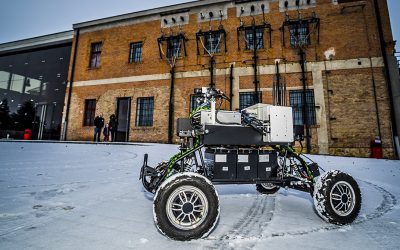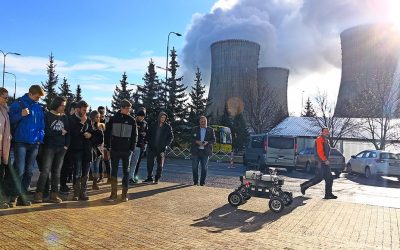LATEST POSTS
RoboTech Vision presented the robot Androver II at the power plant in Piešťany
RoboTech Vision presented the robot Androver II at the power plant in PiešťanyJanuary 29, 2019 | Presentation After RoboTech Vision’s successful cooperation with the Power Plant Piešťany at the Researchers' Night event in Bratislava, the team...
Androver II visited a nuclear power plant
Androver II visited a nuclear power plantDecember 14, 2018 | Presentation The RoboTech Vision team participated in the evaluation of the Mission Mars II competition at the Nuclear Power Plant in Mochovce. Together with astrobiologist Dr. Michaela...
Husky A200 robot recognizes and autonomously follows objects
Husky A200 robot recognizes and autonomously follows objectsDecember 7, 2018 | Development After the Husky A200 robot was able to autonomously follow the mark, RoboTech Vision managed to improve the algorithm so that the robot would track even...




